Shima Rafiei
Fetal Ultrasound Image Segmentation for Measuring Biometric Parameters Using Multi-Task Deep Learning
Aug 31, 2019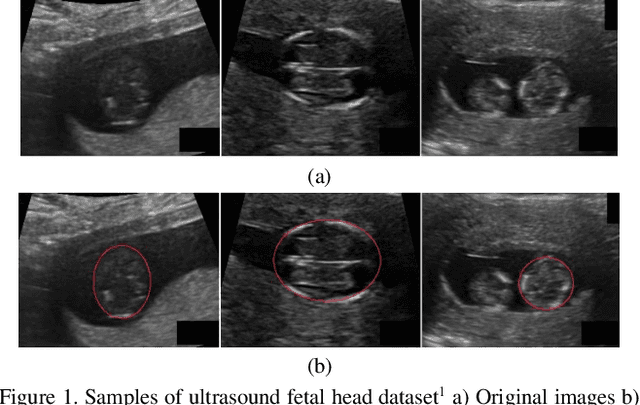
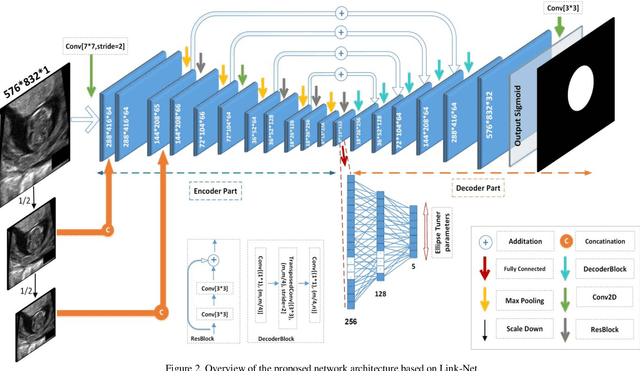
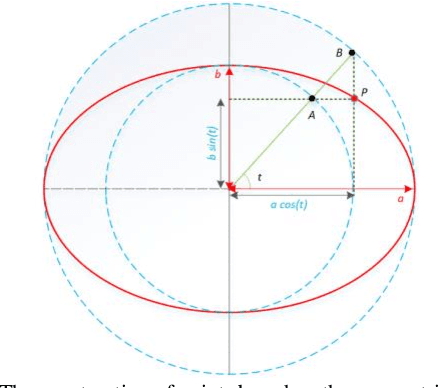

Abstract:Ultrasound imaging is a standard examination during pregnancy that can be used for measuring specific biometric parameters towards prenatal diagnosis and estimating gestational age. Fetal head circumference (HC) is one of the significant factors to determine the fetus growth and health. In this paper, a multi-task deep convolutional neural network is proposed for automatic segmentation and estimation of HC ellipse by minimizing a compound cost function composed of segmentation dice score and MSE of ellipse parameters. Experimental results on fetus ultrasound dataset in different trimesters of pregnancy show that the segmentation results and the extracted HC match well with the radiologist annotations. The obtained dice scores of the fetal head segmentation and the accuracy of HC evaluations are comparable to the state-of-the-art.
Gland Segmentation in Histopathology Images Using Deep Networks and Handcrafted Features
Aug 31, 2019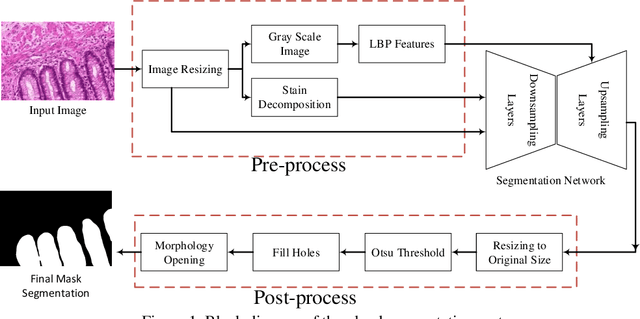
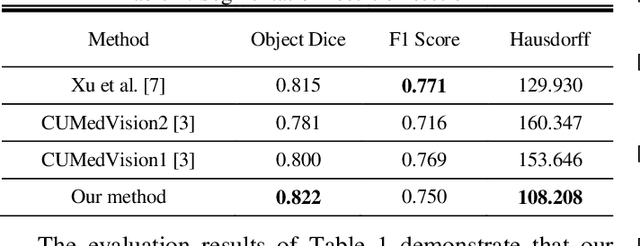

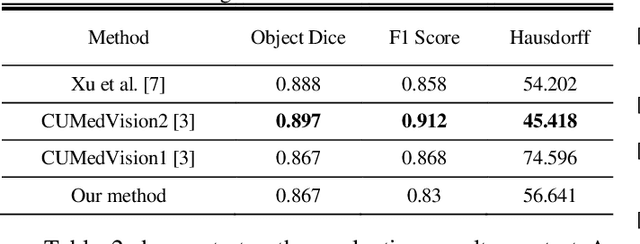
Abstract:Histopathology images contain essential information for medical diagnosis and prognosis of cancerous disease. Segmentation of glands in histopathology images is a primary step for analysis and diagnosis of an unhealthy patient. Due to the widespread application and the great success of deep neural networks in intelligent medical diagnosis and histopathology, we propose a modified version of LinkNet for gland segmentation and recognition of malignant cases. We show that using specific handcrafted features such as invariant local binary pattern drastically improves the system performance. The experimental results demonstrate the competency of the proposed system against state-of-the-art methods. We achieved the best results in testing on section B images of the Warwick-QU dataset and obtained comparable results on section A images.
Dense Fully Convolutional Network for Skin Lesion Segmentation
Jun 05, 2018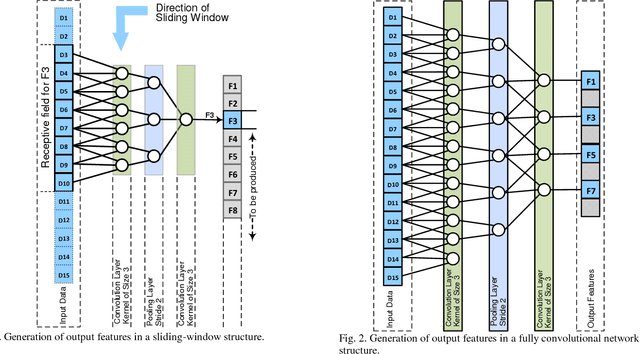

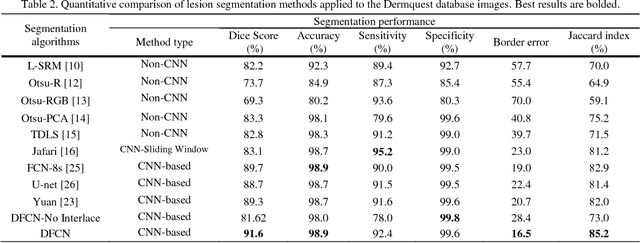
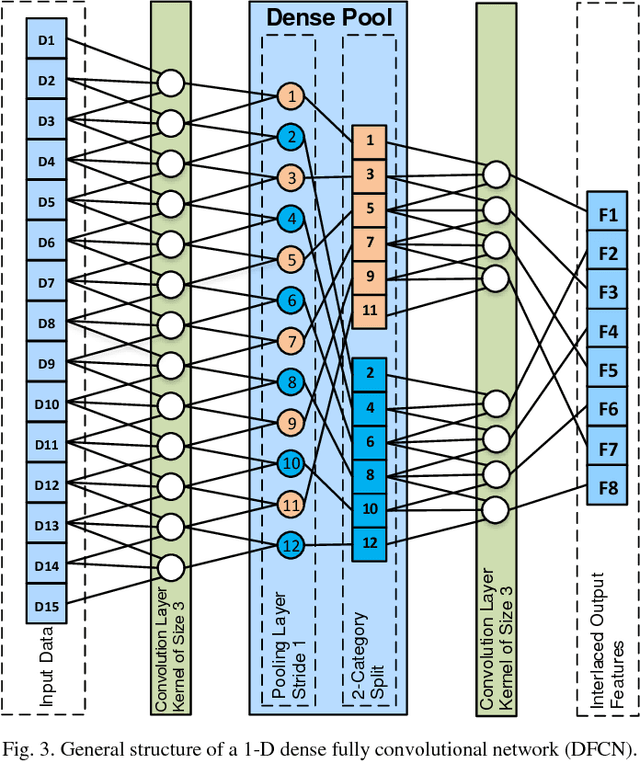
Abstract:Lesion segmentation in skin images is an important step in computerized detection of skin cancer. Melanoma is known as one of the most life threatening types of this cancer. Existing methods often fall short of accurately segmenting lesions with fuzzy boarders. In this paper, a new class of fully convolutional network is proposed, with new dense pooling layers for segmentation of lesion regions in non-dermoscopic images. Unlike other existing convolutional networks, this proposed network is designed to produce dense feature maps. This network leads to highly accurate segmentation of lesions. The produced dice score here is 91.6% which outperforms state-of-the-art algorithms in segmentation of skin lesions based on the Dermquest dataset.
Liver segmentation in CT images using three dimensional to two dimensional fully convolutional network
Mar 03, 2018
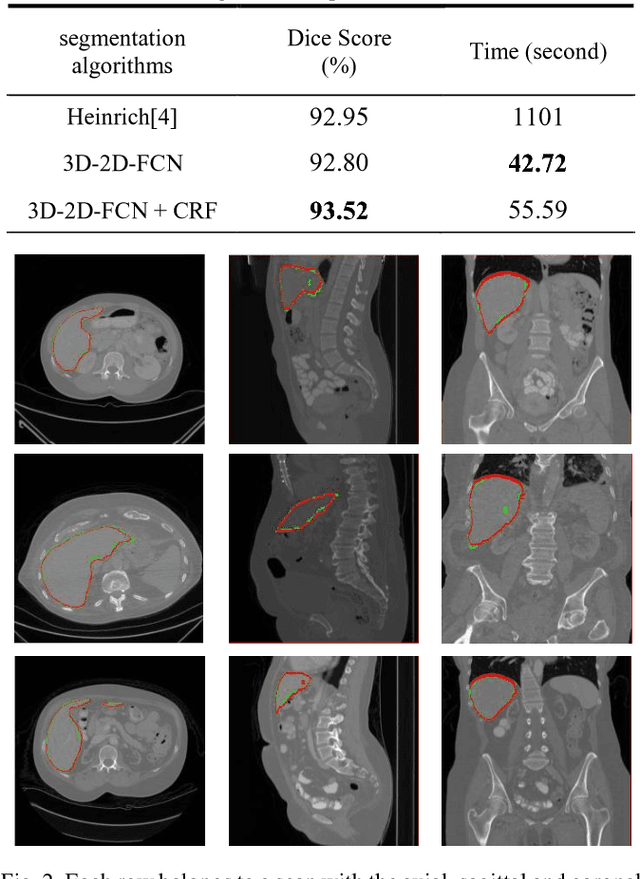
Abstract:The need for CT scan analysis is growing for pre-diagnosis and therapy of abdominal organs. Automatic organ segmentation of abdominal CT scan can help radiologists analyze the scans faster and segment organ images with fewer errors. However, existing methods are not efficient enough to perform the segmentation process for victims of accidents and emergencies situations. In this paper we propose an efficient liver segmentation with our 3D to 2D fully connected network (3D-2D-FCN). The segmented mask is enhanced by means of conditional random field on the organ's border. Consequently, we segment a target liver in less than a minute with Dice score of 93.52.
Liver Segmentation in Abdominal CT Images by Adaptive 3D Region Growing
Feb 21, 2018

Abstract:Automatic liver segmentation plays an important role in computer-aided diagnosis and treatment. Manual segmentation of organs is a difficult and tedious task and so prone to human errors. In this paper, we propose an adaptive 3D region growing with subject-specific conditions. For this aim we use the intensity distribution of most probable voxels in prior map along with location prior. We also incorporate the boundary of target organs to restrict the region growing. In order to obtain strong edges and high contrast, we propose an effective contrast enhancement algorithm to facilitate more accurate segmentation. In this paper, 92.56% Dice score is achieved. We compare our method with the method of hard thresholding on Deeds prior map and also with the majority voting on Deeds registration with 13 organs.
 Add to Chrome
Add to Chrome Add to Firefox
Add to Firefox Add to Edge
Add to Edge